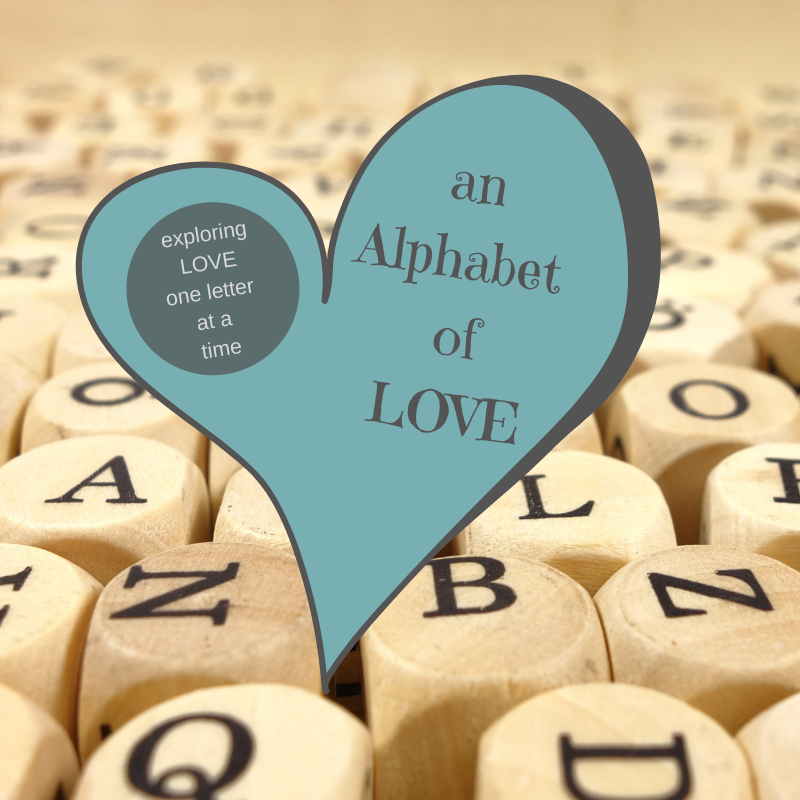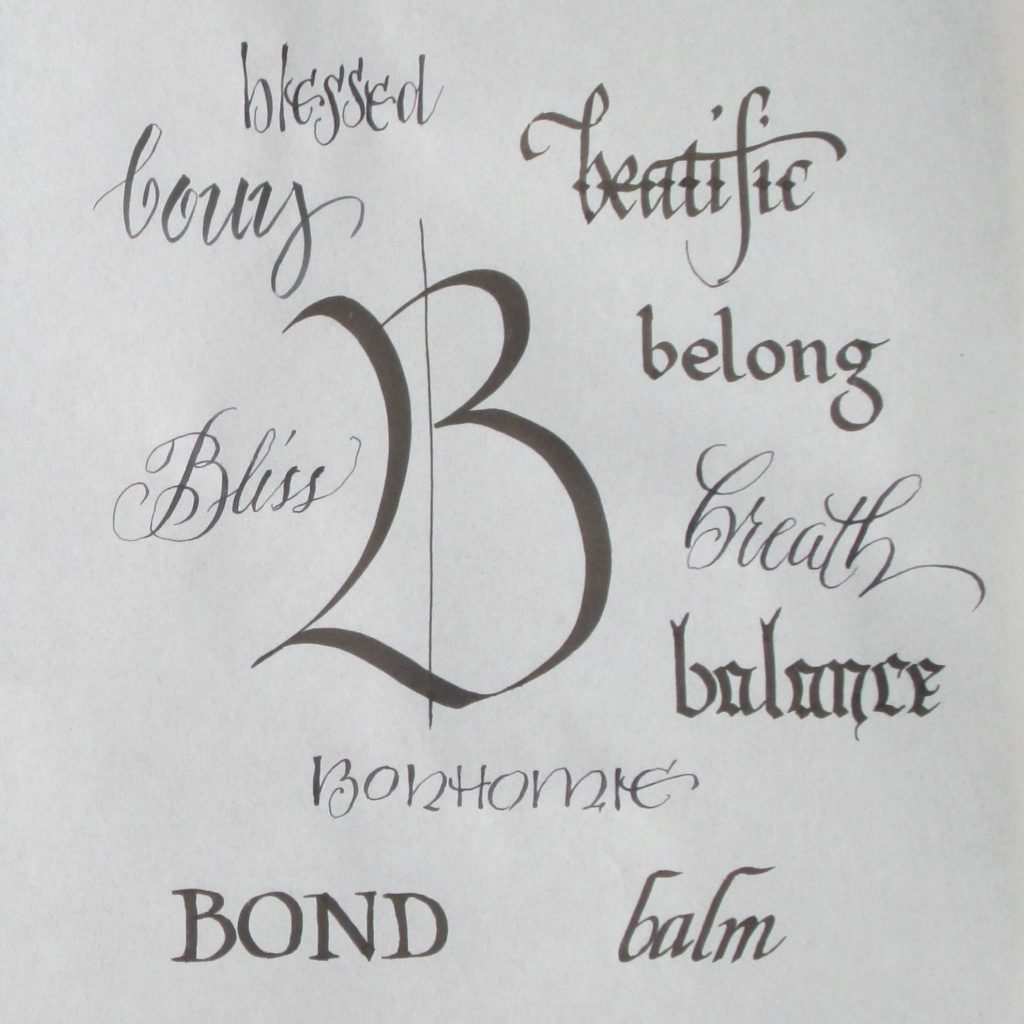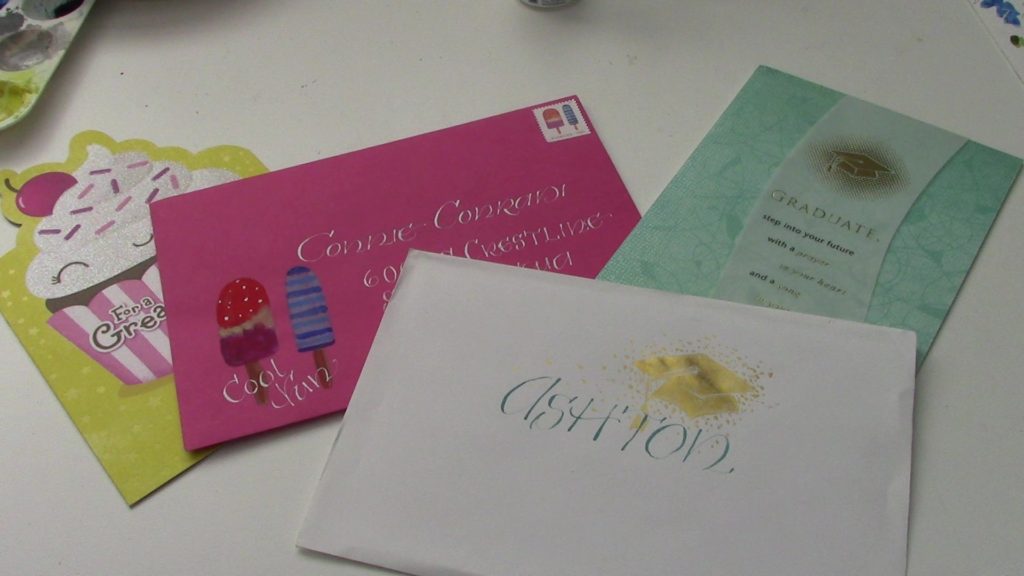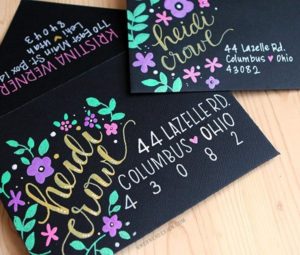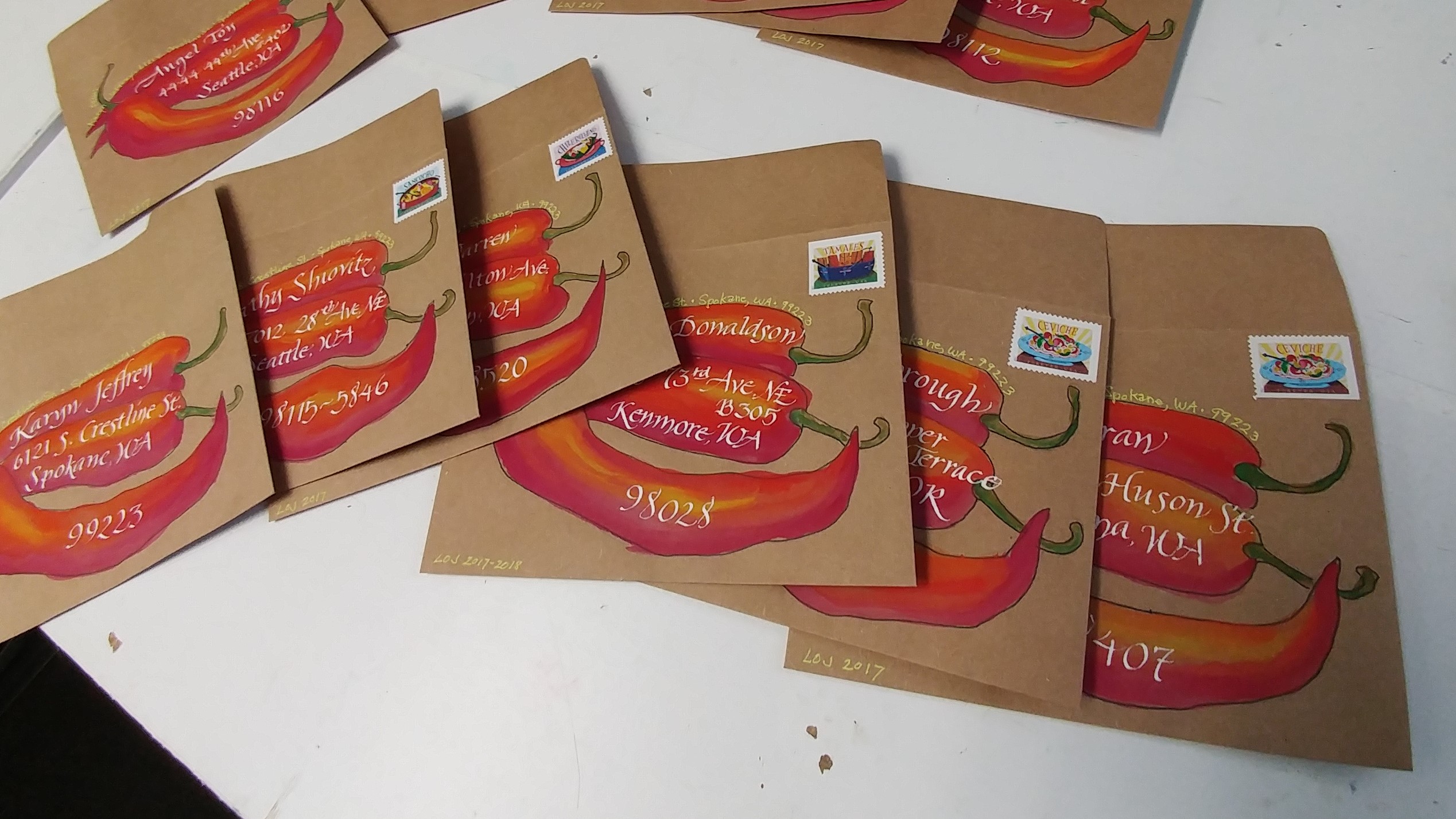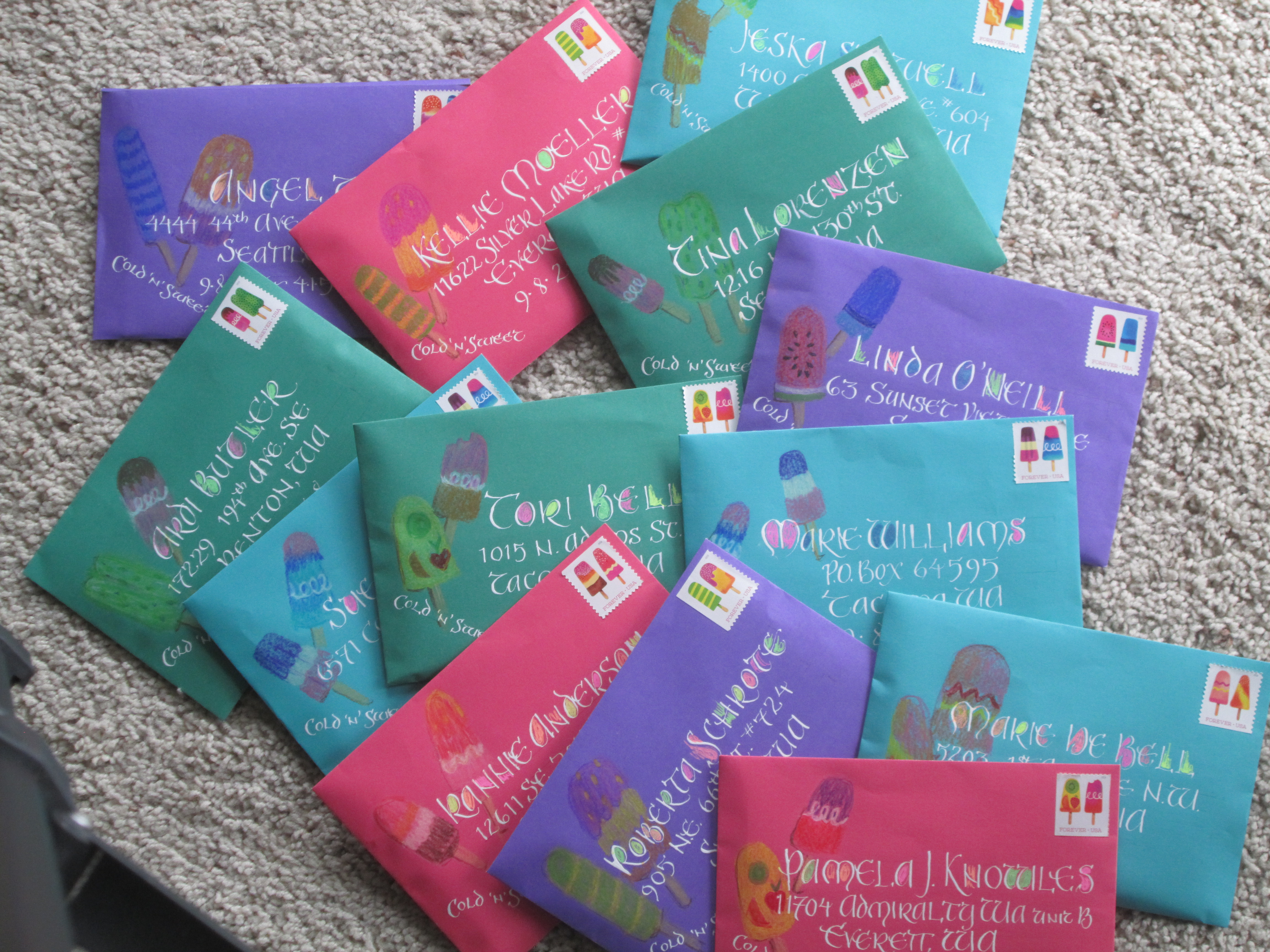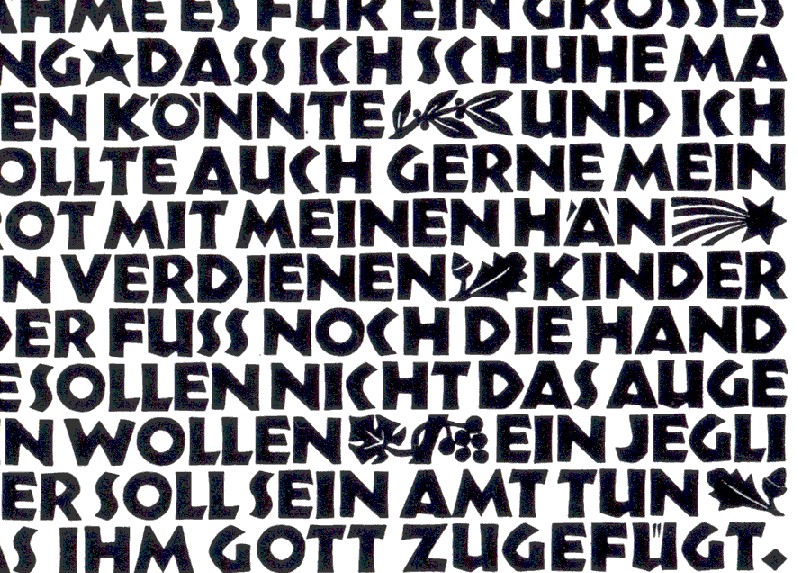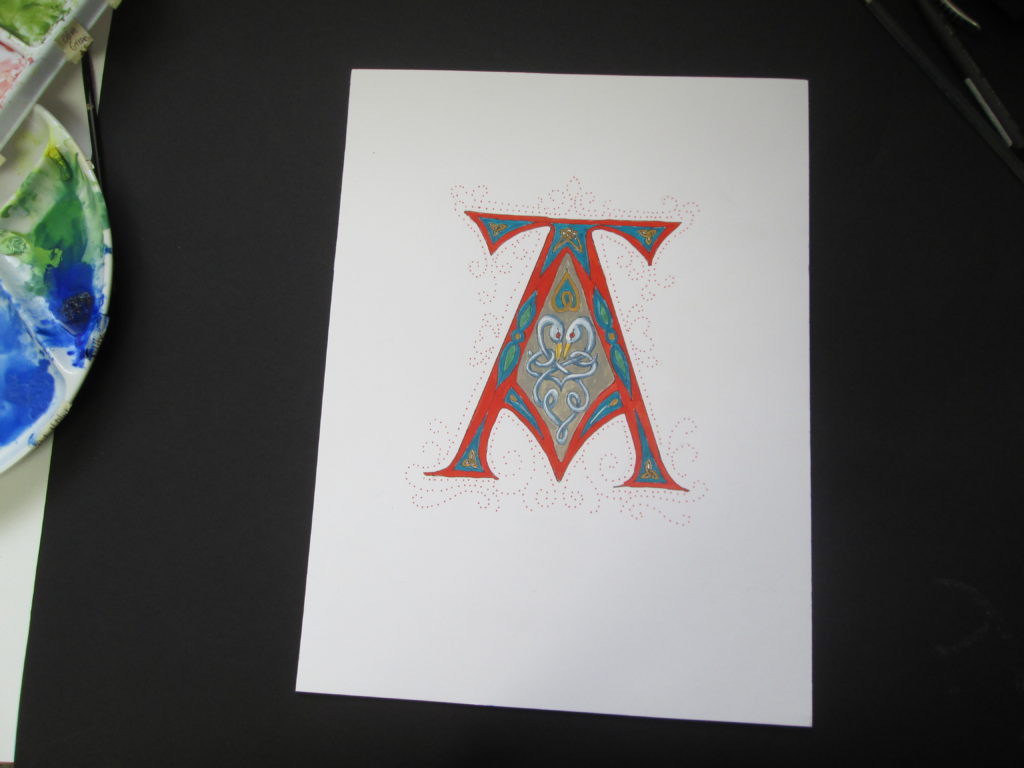Handwriting letters is nearly a lost art. I think very few people write letters these days because of the instantaneous nature of texts, e-mails and even old fashioned phone calls. Taking pen in hand to write a letter requires time and thought. It reflects your care for the person to whom you write. It also requires a special skill set that many people of our day do not have. I am very concerned that cursive handwriting is no longer part of school curriculum in schools around our country. Even some of my own grandchildren who are home-schooled do not know how to write or read cursive handwriting. YIKES!!
Beside the concern I have about my “Grands” not having cursive under their belt, I have been convicted lately of something that I have read many times in the Bible. I need to be telling my grandchildren about our wonderful God. In Deuteronomy 6, we are commanded to teach the words of God “diligently to your [children]…” and in Psalm 78 to “tell to the generation to come the praises of the LORD, and His strength and His wondrous works that He has done.”
In an effort to obey the command of God to tell of His excellence to the next generation, I have decided to try to write at least one letter to each of my eight “Grands” every month. That means I only need to write 2 letters a week, which seems a manageable task. I hope to engage them about their lives and also begin dialog with them about the things of Scripture and connecting with them spiritually. Texting and even phone calls are not the best vehicles for this project.
When I began, I stumbled on the realization that 5 of the 8 don’t read or write cursive handwriting. So to make myself understood by them, I created a “decoder” that would help them read the letter I have written to them. I also made a diagram about how to address an envelope because I feel sure they haven’t learned that particular bit of arcane “stuff of daily life” either. Not knowing how to do this is rather like learning to read an analog clock, balance a checkbook or write a thank you note– there are some basics to learn.
I wonder if you, my reader, may not know how to read and write cursive. I wonder how many of you have learned how to address an envelope. Maybe you have children you would like to teach cursive handwriting. Whatever the case, I’ve made a couple PDF files you are free to download to get you started.
Decoder for cursive handwriting- PDF
How to address an envelope- PDF
Here is a 3 ½ minute YouTube video that will help you, as well.
“Learn to Write Capital and Small Alphabets in Cursive”
https://www.youtube.com/watch?v=iTF0AhQjU0k
Once you learn each letter’s shape and the way to make it, you “string the letters together” by not lifting your pencil or pen as you write a word. The end of one letter swoops up to the next and that letter flows into the next until you have come to the end of your word. I think it is easier that picking up and putting down your pen with each discrete letter when you write manuscript style. (“printing”)
I have finished the first letters to the oldest sons of each family. One is a senior in college and the other a Jr. in high school. Here are the envelopes I made for their letters.
I’m hoping to catch their attention with a “decorated envelope.” I also have included the “decoder” and the “How to Address an Envelope” for them, and as an added prod, an envelope and a stamp and a cheery “I hope you will write back” P.S. I’m sure there will be a bit of eye-rolling, but underneath I hope they are stirred to making a regular interaction with me (Grammy).
QUESTION: Will you try to write a letter to someone special soon? If you don’t know how to write cursive handwriting will you try to learn?


